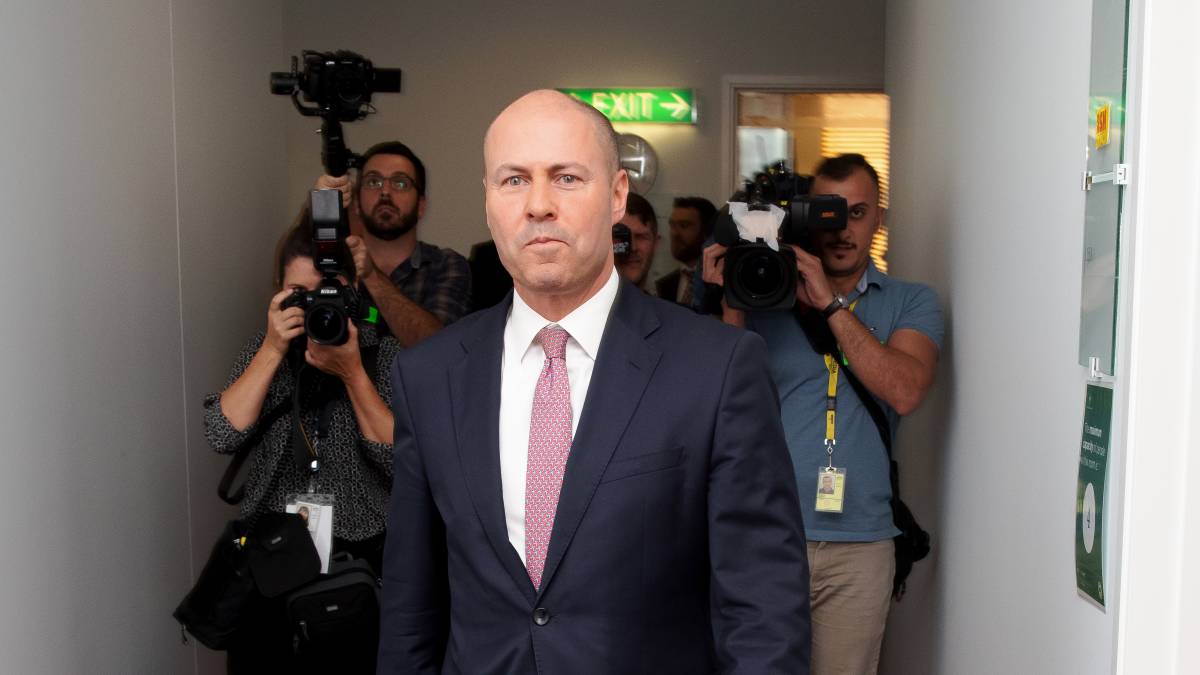
A budget to build resilience in the bush through soil and people
Building resilient regions was the core theme of the federal government’s budget, with targeted spending on the two backbones of rural communities – their people and their soil.
The federal government hedged its bets on what the next challenge to face regional Australia would be, with funding to help the bush bounce back from floods, fires, cyclones, drought, plagues or trade wars.
Healthy soil was pushed onto the national agenda, with the government getting its hands dirty and investing $197m over the next four years to begin implementing the 20-year National Soil Strategy.
The first wave of funding will support a two-year pilot will pay farmers rebates for comprehensively soil testing – the price of which is currently a big barrier to farmers establishing their baseline soil carbon level – and develop environmental markets that would allow farmers to be rewarded for activity soil stewardship.
A further $32m will go towards expanding the biodiversity stewardship pilot, which gives farmers another income stream via improving on-farm biodiversity.
The funding will allow farmers cash in on the emerging environmental market, through the rollout of the Biodiversity Certification label, allowing products to fetch premium prices, and the development of a biodiversity trading platform that links buyers and sellers of biodiversity services.
The 2021/22 Budget will see almost $30m over four years will be spent helping farmers attract and retain skilled workers, the popular instant business tax write-offs have been rolled over for another year and Rural Financial Counselling Services will receive a $5m top up.
A $10-billion reinsurance fund will be established for North Queensland, where premiums have become unaffordable for many businesses and homes due to the increasing frequency of natural disasters.
In response to the ACCC inquiry into the market power imbalance between farmers and large retailers, $5.4m will be spent on projects that “improve market transparency”.
Many of the big-ticket regional items had already been announced in the weeks leading up to the budget, most of which followed the same theme of resilience, such as the $370m boost to the nation’s biosecurity system.
More than $50m will go towards flood management projects and another $100m worth of drought resilience projects will be supported by the Future Drought Fund.
Internet and mobile coverage in regional Australia – particularly bushfire prone areas, will get a $170m boost, while a new government agency will be established to respond to natural disasters, with a $600m war chest to spend on risk management projects.
Even the trade portfolio was preaching the value of resilience. With no end in sight to the ongoing China trade tensions, millions have been committed to diversifying markets and $15m has been dedicated to increasing Australia’s influence over global trade rules.
The $15-billion infrastructure spend was another key pillar of the budget.
NSW’s Greater Western Highway will get a $2b upgrade between Katoomba and Lithgow, while Queensland will get a $400m upgrade for the Inland Freight Route between Mungindi to Charters Towers.
South Australia will get $161m for the Truro Bypass and Western Australia will receive $160 million for Agricultural Supply Chain improvements.